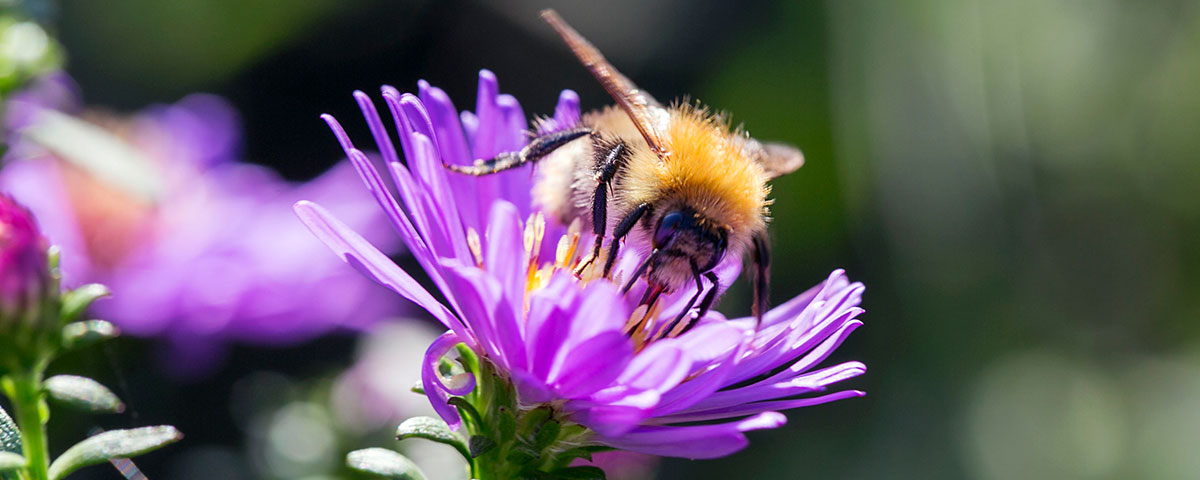
Mike Brown, assistant ecologist from our Tetra Tech Manchester office, shares his top tips for making our gardens more wildlife friendly as we enter the Spring season.
As we enter Spring, now is the time to plan to make our gardens more attractive to wildlife, including insects, birds and small mammals. This doesn’t mean that we have to let them grow into wild jungles, however, to create a refuge for wildlife. Planting borders with more flowering plants and shrubs will all help to provide nectar, seeds, berries and cover.
This thoughtful selection of plants for sowing and planting will attract bees and other invertebrates during the coming warmer months. Bees are in decline globally, one of the reasons being the loss of flowering plants. Sowing seeds or planting native wild flowers in our gardens, such as cornflower, foxglove, knapweed, oxeye daisy, comfrey, field poppy and marjoram, will help to compensate for this, by providing nectar and pollen. Even, planting traditional garden plants such as honeysuckle, buddleia, verbena and ivy will provide valuable nectar for bumblebees in late summer and autumn. In return, the bees will help pollinate and perpetuate those plants.
Constructing a bumblebee nest pot from materials already in the garden is also a great way to attract bees, by providing somewhere suitable for the queen bee to build a nest in Spring.
This can be done by simply upturning a large old terracotta flowerpot, sinking the bottom into the ground, placing a piece of old roofing slate over the hole to keep the inside dry and inserting a short length of old hosepipe into the ground, with one end projecting from the soil surface and the other inside the bottom of the flowerpot, in order to provide an entry point for the bee. Putting some old nesting material inside the pot will make it even more attractive for the queen.
For more top tips and general advice for our ecology team, email: [email protected]